Mathematics is the driving force of love, justice, and progress. Mediamax and Foundation for Armenian Science and Technology (FAST) are joining efforts to present MathArt project. It tells about the talents developing Mathematics in Armenia, and their work.
Mathematics is of key value in modern world and we hope that MathArt will help attract Armenian youngsters into that particular science.
Vazgen Hakobjanyan chose applied mathematics and programming when he was 5 years old, and no matter how strange it may sound, since that age he has been very consistent in pursuing his dream.
“I have wanted to study applied mathematics since the time I was 5, when I visited Mergelyan Institute with my aunt. I saw huge tin machines there and people “made” them do some things. It was love at first sight and I decided then and there that I would work with those machines. I asked people working there what profession to get to work like them and after finding out I made up my mind to study applied mathematics even though I did not understand quite well what it really was. My most favorite subject at school was mathematics and I loved solving logical problems,” says Vazgen.
The next breakthrough moment was at the age of 10, when representatives of Khnko-Aper Children’s library visited our school and told us about launching free programming classes for children.
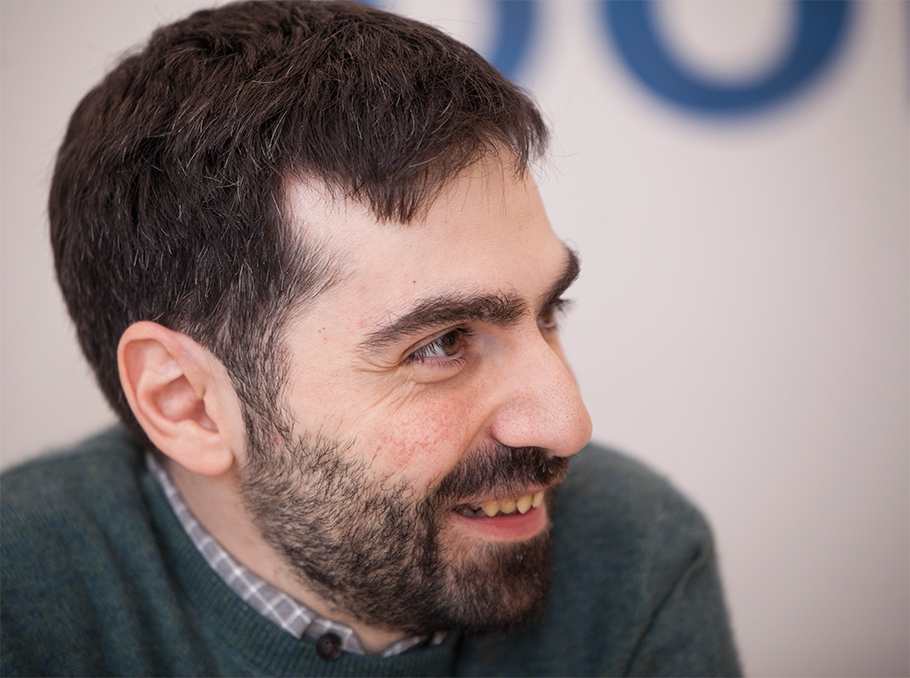 Vazgen Hakobjanyan
Vazgen HakobjanyanPhoto: Mediamax
“During those classes I learned the basic programming language. At the age of 10, I already knew what computer was and what it was made of. Since there was no TUMO Center back then, this computer programming course was a revolutionary thing. It inspired me even more to further pursue programming. In fact, every day I was learning something new and getting to understand it,” Vazgen says.
And this path has led Vazgen to the Faculty of Informatics and Applied Mathematics of Yerevan State University. Even today long after his graduation Vazgen is connected with the University. He teaches the students of “Applied Statistics and Data Science” Graduate Program.
Math’s deep connection with life
In reality, for me programming didn’t have much to do with mathematics. I liked to encode, get beautiful codes and figure out how they worked. I never thought that it was based on mathematics. During my first days at the University, we were told that we would study mathematics more than informatics. This is how we began to learn mathematics parallel to programming and here is where a miracle happened: I began to understand the beauty of applied mathematics and the math in general. I understood how deeply it was interrelated with life.
At my second year, I was already taking two wonderful courses- Mathematical Logics and Algorithms Theory. It turns out that there are problems that cannot be calculated at all, even though they are very precise. Incontrovertibility of a complex theory cannot be explained within that theory, it requires a new theory, and we understand that scientists will always have a job. Getting acquainted with paradoxes of math, we come to understand how beautiful and powerful mathematical theory is.
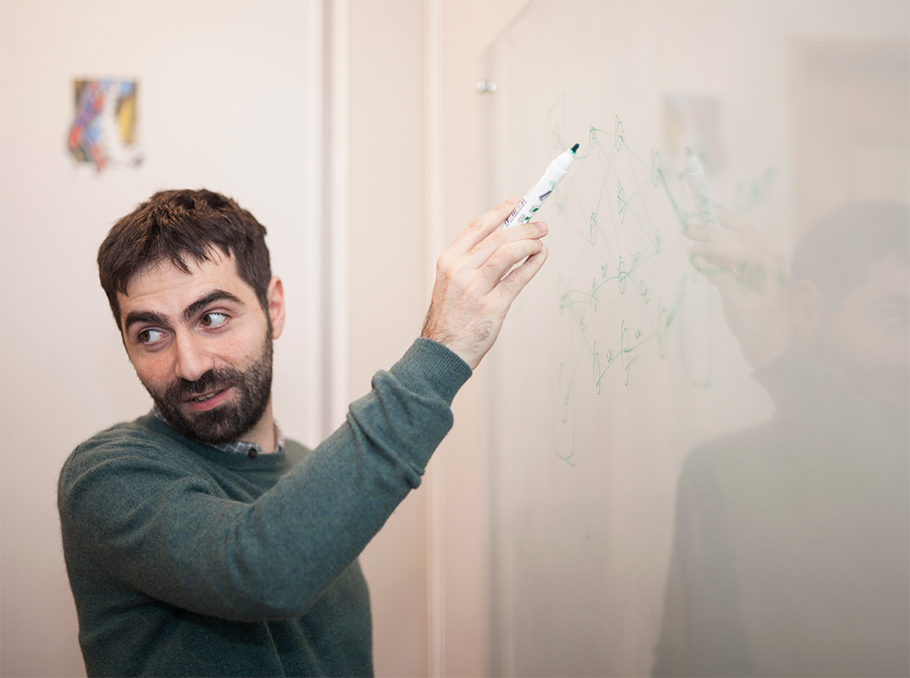 Vazgen Hakobjanyan
Vazgen HakobjanyanPhoto: Mediamax
There are very practical, daily problems that are chained to each other. If you manage to effectively solve one of them, then you will be able to solve the rest of them as well. But nobody has managed to solve them so far. Machine learning is like an endless struggle. You have to put your soul into it in order to achieve the result.
The ability of machines to think
At the university I learned about Alan Turing’s test- a method of inquiry for determining whether or not a computer is capable of thinking like a human being. Turing proposed a very beautiful thing. In order to understand whether machines could think, they took two rooms- in one room sits a man and in the second a woman. They were asked gender-free questions, which the participants answered in written and in block letters. Turing tried to determine whether the third person would be able to guess which answers belonged to the male or the female participant. Afterwards Turing replaced one of them with a machine. If the tester failed to guess correctly which answer belonged to computer and which one to a human, it meant that the machine had passed the Turing test.
This is a very beautiful abstraction and definition of the intellect. Today, artificial intelligence can play games and people are often misguided, wondering what a strong player they have come across; they do not differentiate between the machine and the human being and cannot decide whether the computer plays better than the human.
Artificial intelligence learns on mistakes and it is one of the basic methods. There should be such a reaction in your system which, after making an error, would minimize the repetition of that error next time. How is it with people when, for example, you burn your hand and next time you do your best to avoid a similar situation? In the same way, in neuron networks and artificial intelligence in the process of learning everything is done to make more mistakes and to learn from them. When we realize that the system is already making fewer mistakes, we think that it has learned something. It is extremely important that the system not “memorize” so to say, and this is where art comes in handy: how to prevent the system from operating simply by the principle of memorization, but at the same time provide data rich enough to be able to operate well.
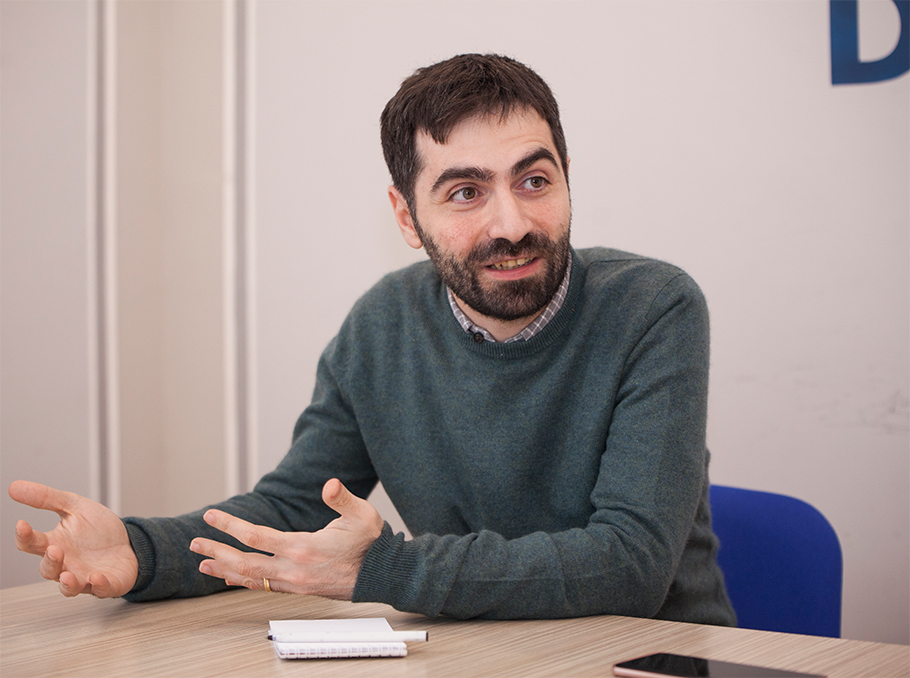 Vazgen Hakobjanyan
Vazgen HakobjanyanPhoto: Mediamax
Emotions originate from the surroundings. If we have a rather rich system which can receive so many signals and absorb them, it is my belief that we will receive emotional systems at one point. My dream is to see machines and systems connected to emotions. For example, people love Apple’s products because they take into consideration people’s emotions: when you want to delete an app, it begins to tremble, it “gets scared” that you’ll delete it. This is only the beginning. I believe that with rich systems we will be able to get to the point where artificial intelligence is endowed with emotions. But from the mathematical point of view we are far from it yet.
I can only say that in the near future we will have systems that will be able to formulate people’s emotional state. For instance, the film rating will be determined by the smiles of people leaving the movie theatre, or the car will not allow the driver to drive fast if the latter is in a bad mood.
The road to develop through mathematics and to develop it
In my opinion, the Faculty of Informatics and Applied Mathematics is one of the best ones. I received an excellent education and have started working since I was a student. I worked at image processing companies and then moved to ones producing devices. Parallel to it, I was interested in mathematical modeling. I have also been teaching the whole time, and from 2009, I began to use my mathematical knowledge. At that time people didn’t even know about artificial intelligence. I began to use it both at work and outside it.
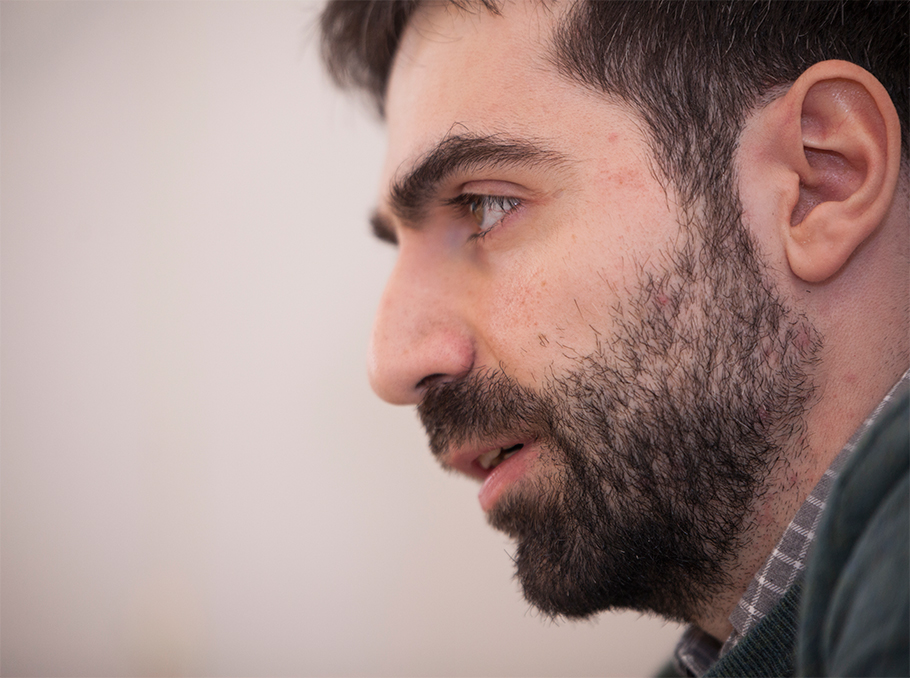 Vazgen Hakobjanyan
Vazgen HakobjanyanPhoto: Mediamax
My main success was the foundation of Teamable Company, which is one of the best startups in Armenia and I am proud of it. Our software solutions help companies create a quality team and manage the human resources.
The second best thing during those years was the YerevaNN laboratory. I am a board member of this lab. I understood back then how important the development of research was.
The third was Gate42 laboratory that focuses on Quantum Computing. It is already quite a success. We have also set up Smartgate.vc pre-seed venture capital fund, which finances companies with powerful elements of artificial intelligence.
Mathematical education is very important, since in this case you always understand which technologies are based on strong mathematical knowledge and which ones are worth investing in.
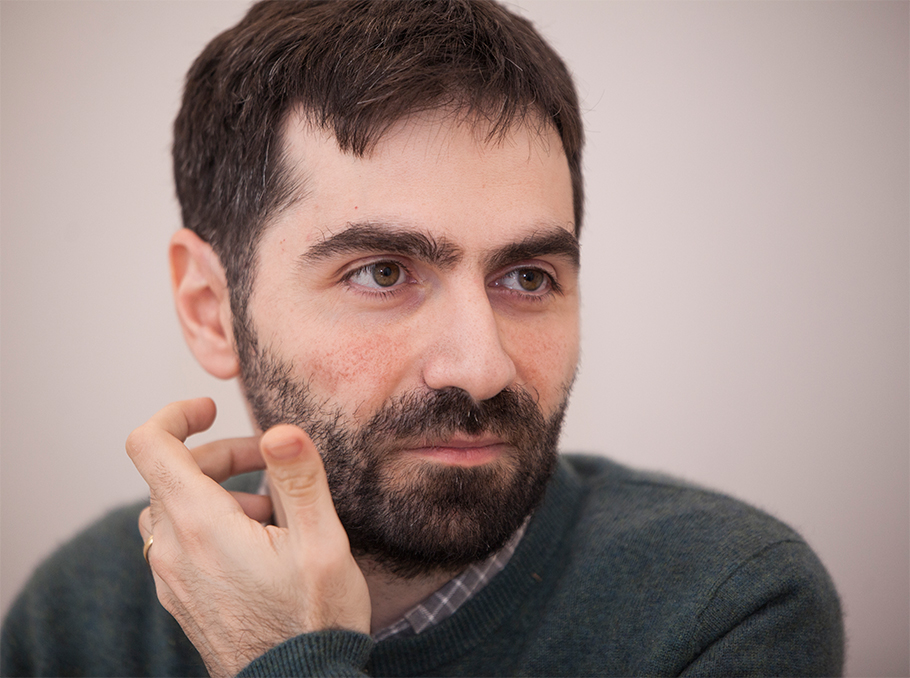 Vazgen Hakobjanyan
Vazgen HakobjanyanOnce, when I said that it was necessary to develop and teach Machine Learning and Data Science in Armenia, some would argue, saying there was no market for it. The biggest achievement for us- mathematicians – is that there is a huge demand for Data Science in Armenia. This is where Armenia’s future lies, I believe.
Education is very important in terms of developing this sphere in Armenia. In this respect, teaching the “Applied Statistics and Data Science” Graduate Program is important for me, and these young people will have a great influence on the sphere in the future.
Today companies are starting to realize what an enormous potential artificial intelligence has, and the demand for professionals keeps growing. There are even cases when people with completely different professions engage in AI and succeed. We have such students in our Graduate Program. Working with them is not easy but we encourage them the best way we can. Knowing mathematics is extremely important but if the specialist doesn’t know math, it doesn’t mean that he shouldn’t think about pursuing it.
FAST Foundation is the general partner of the project 
Mari Taryan
Photos: Emin Aristakesyan







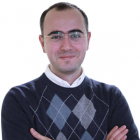
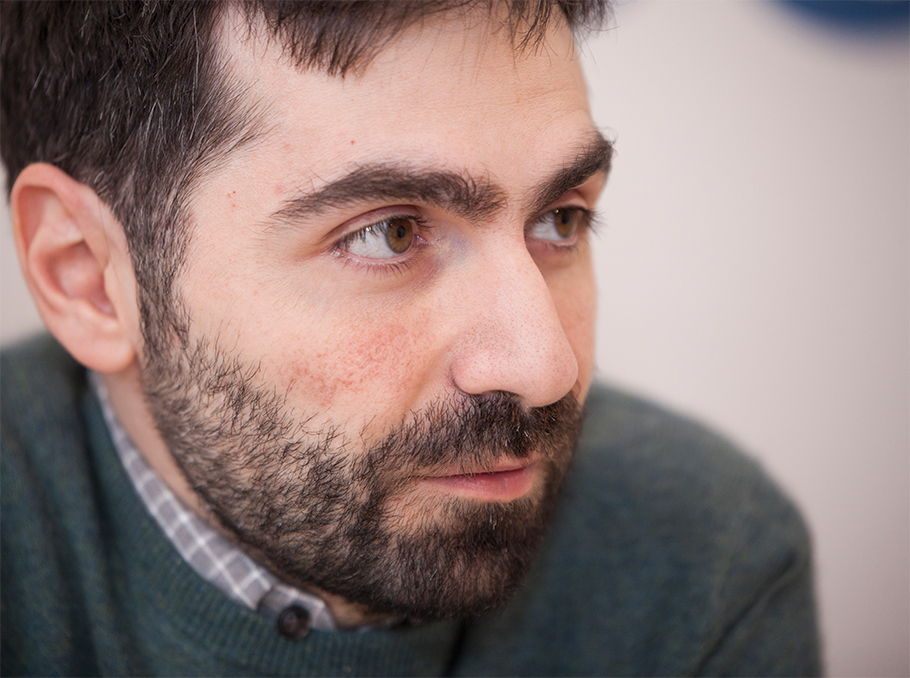
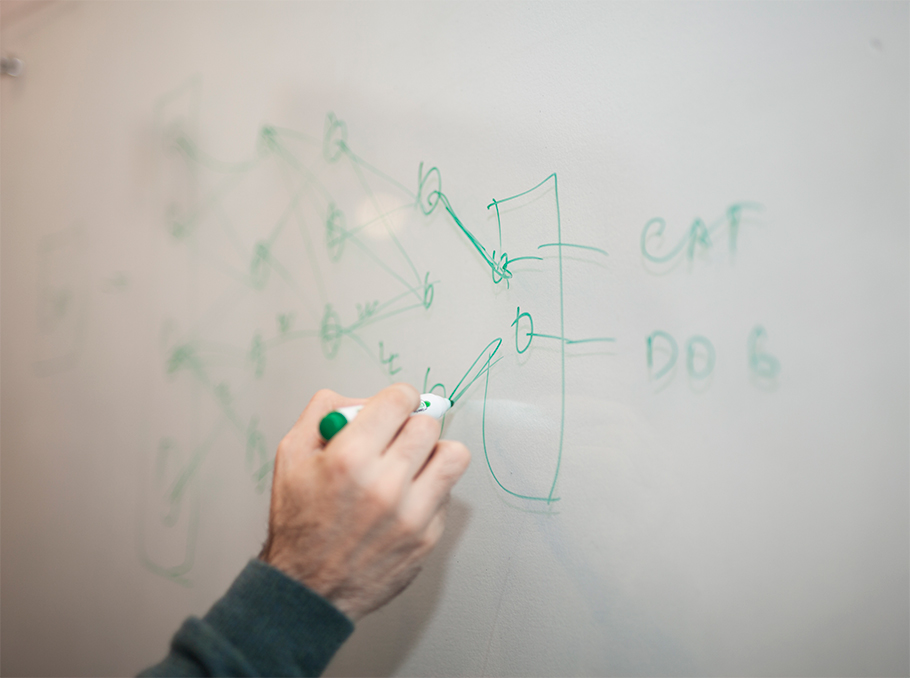
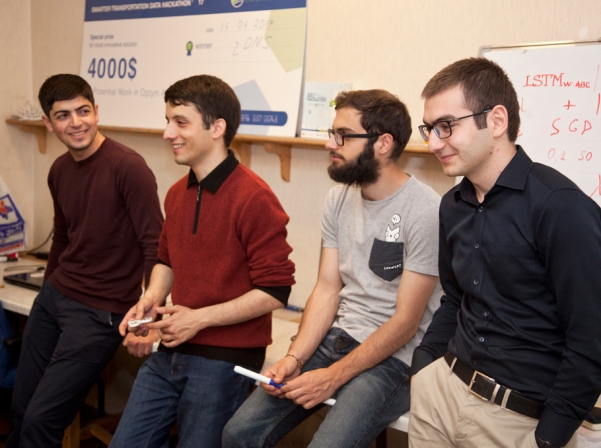







Comments
Dear visitors, You can place your opinion on the material using your Facebook account. Please, be polite and follow our simple rules: you are not allowed to make off - topic comments, place advertisements, use abusive and filthy language. The editorial staff reserves the right to moderate and delete comments in case of breach of the rules.